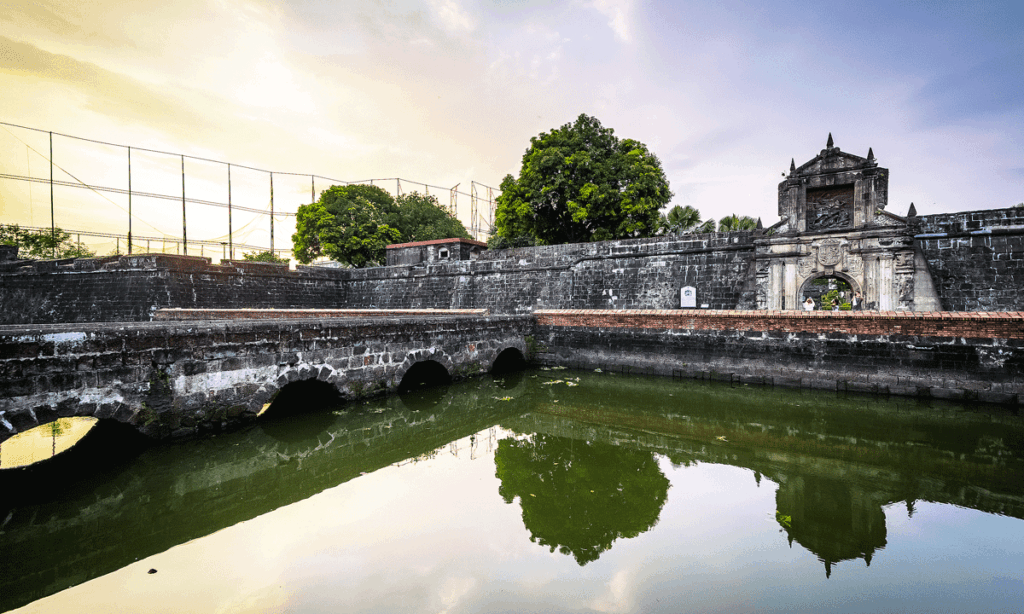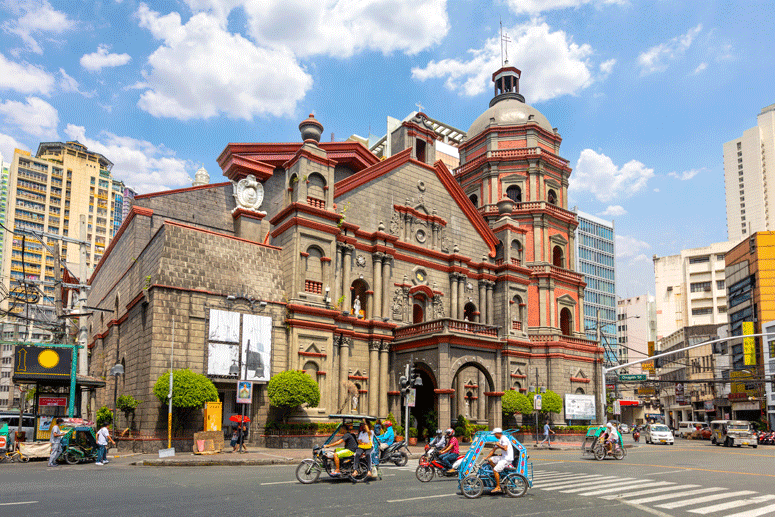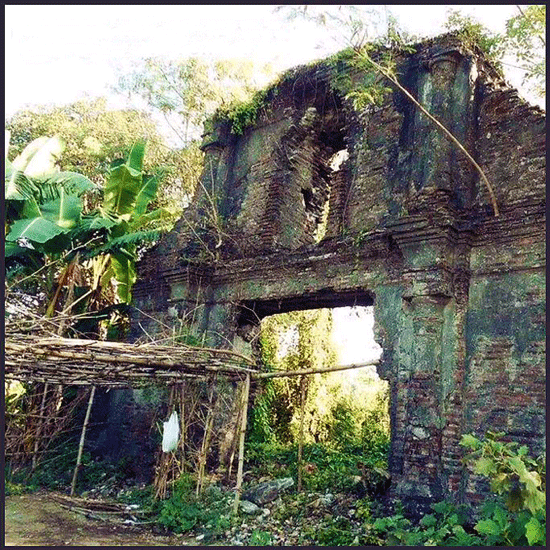
Nostalgia is a powerful thing. It’s the same reason we are seeing a slew of high-definition remastered movies and television series, mostly a retelling of famous franchises over the past few years.
Some of these works are so loved by fans that attempts to revive old TV shows and the like are met by wide criticisms and disdain. On some levels, you’d think that Filipinos can band together with the same kind of energy in the preservation of the country’s many heritage sites.
Last March 26 marked the 11th anniversary of the signing and the subsequent approval of Republic Act 10066 or the National Cultural Heritage Act.
The preservation of cultural sites has always been a battle between tradition and the demands of modernization and commercialization. This is happening all around the world. However, Filipinos are often pitted against each other in the philosophy of whether to prioritize the promise of practical income over collective wealth for our identity and history.
Just in the capital alone, the former luster of Manila is often relegated to the black and white photographs of what the city once was. If it wasn’t destroyed by the atrocities of the Pacific War in 1945, it may have already succumbed to encroachment or an overhaul of commercialization inherent to modern societies.
Chinatown
Perhaps only the natives remember Binondo, the oldest Chinatown in the world, as a district established in the late 16th century. In a romanticized way of looking at things, the presence of commerce in the district could still somehow represent the centuries of trade that occurred in the area back when the Kingdom of Tondo engaged major trading ports in the islands.

It is unfortunate that the term Old Manila has an implied connotation of something this generation of Filipinos can only admire in faded photographs.
Manila is a tale of extremes as it also stands as a microcosm of the condition of cultural preservation and historical forgetfulness in the country. On the one hand, some Spanish influences have stood the test of time, made visible by the walled city, or the Pontifical university that rivals Harvard. On the other hand, architectures that once served as our nexus to this country’s identity and landmarks to our artistry are making way for commercial projects.
Practical versus historical
What’s concerning about these developments is how adjusted the Filipino psyche is in being accustomed to such practices. Whether or not it was apt to the marred condition of cultural preservation in the country, the residence along Taft Avenue of the late Don Carlos Palanca, a great advocate of literature and Filipino culture, was demolished four years ago to make way for a condominium. This was despite the considerable pushback of the National Commission for Culture and the Arts (NCCA), including a cease-and-desist order in 2015.
It only seemed a few years ago when the construction of Torre de Manila, also along Taft Avenue, had made the rounds in social media in 2012, infamously dubbed as a “photobomber” as it obscured the view of national hero Jose Rizal’s monument in Luneta Park. A recent resolution however diminishes the chances of that happening again as the House of Representatives passed on second reading House Bill No. 8829, or the “Cultural Property Sightline Act.”
Measures such as this are welcome, of course, but losing heritage sites along with their historical value is far too familiar. It’s a balancing act to keep physical pieces of evidence of our storied past without dampening the economic factor that many others can benefit from new land developments. This can mean jobs, enterprising opportunities, but it can also lead to the conundrum of quantifying the value of heritage sites to Filipinos looking for work.

Not only is it haughty to say that the enrichment of the mind and identity through preservation of this country’s heritage is more relevant than economic opportunities for our countrymen, but downright insensitive. There should be a middle ground.
If cultural sites are developed with preservation and commerce in mind, it could lead to something akin to what Vigan has been doing for years. Its famous town was recognized by the United Nations Educational, Scientific and Cultural Organization (UNESCO) as a World Heritage site back in 1999, as the quintessential example of what a planned Spanish colonial town looked like during the 16th century in Asia. A lot of shops and accommodations in the area incorporate the historic character and, in turn, draw people from all parts of the country and the world.
Balaoan
There are more examples to draw from, but it leads to the significance of attachment—attachment to these places is non-existent.

For instance, how can the locals of Balaoan, La Union show appreciation to a Spanish-period cemetery built in the 1890s if historical context and relevance are not being advocated even on a regional level? The former site witnessed the execution of seven martyrs supporting the 1896 Philippine Revolution, but it lost its sacredness when the cemetery was demolished in place of a cockfighting ring in 2018. Besides the bureaucracy in play in some of the demolitions of our heritage sites, the next important thing is to get people to care for them. It would be difficult and meticulously nuanced to develop a scenario that would cater to all the sectors involved.
The pursuit of preservation should go beyond the confines of the education system and beyond leaving angry comments on social media.
Instead, there should be a stronger resolve from local governments not to allow the destruction of our past.
The protection of cultural sites should be a shared responsibility of all. These landmarks are foundations of our identity, a clear marker of the past and the humanity that it represents. If heritage correlates to posterity, what an interesting story it would be to tell future generations how their ancestors have given up most of it away just because.
Article and Photo originally posted by Property Report Ph last April 9, 2021 and written by Kimani Franco.







More Stories
Weekend wanderer: This walk in Manila is a trip to art and to our past
Enjoy no-frills camping in the great outdoors in Tanay
Landco Pacific raises the bar for premium resort and leisure living